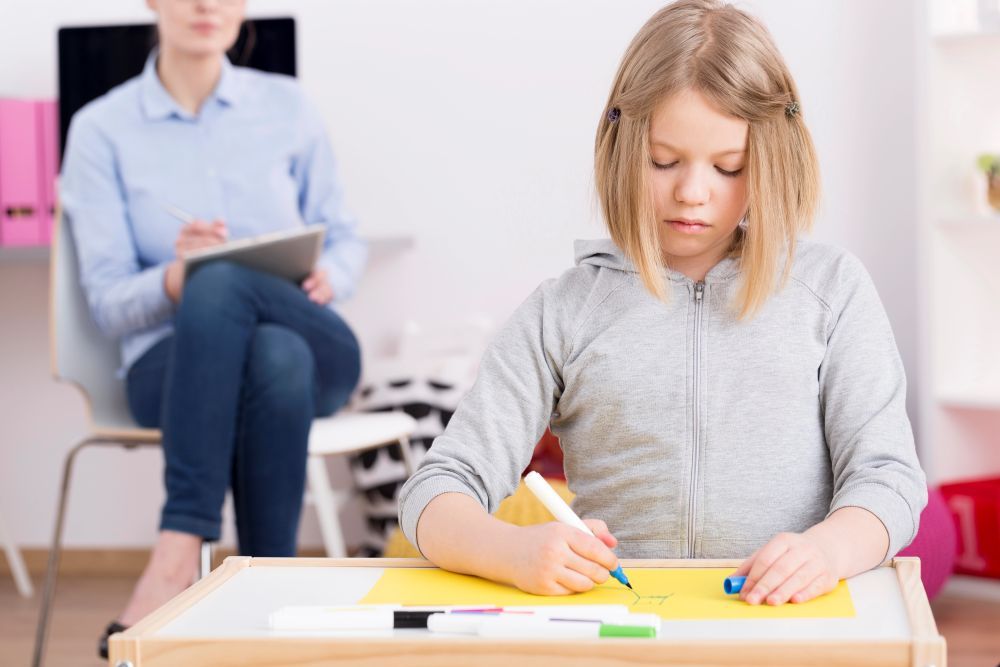
Cognitive Behavioral Therapy, also called CBT, is one of the most well researched and studied forms of child therapy to exist in the mental health field.
A growing amount of literature, however, has found that for children who have Autism, CBT may not be as effective for them as it is for neurotypical kids. This may be due to a variety of reasons, such as CBT frequently relying on abstract thinking, interpersonal awareness, and flexibility of thought that not all children with autism have to the same level as neurotypical kids.
Due to these differences, recent scholars, researchers, and therapists have proposed a form of Modified CBT or M-CBT, in order to help children with autism obtain similar benefits. The core ideas behind CBT remain the same, including the emphasis on identifying maladaptive beliefs and behaviors, and attempting to replace them with more effective or less harmful beliefs/behaviors. However, the way this is done may differ for M-CBT. Some of the ways M-CBT changes include using:
Concrete, Visual Strategies
Modified CBT often replaces abstract metaphors with concrete, visual aids (like emotion thermometers or comic strip conversations) to suit the more literal thinking styles common in autism.
Flexible Communication Styles
Therapists use simpler language, fewer rhetorical questions, and more direct prompts to ensure clarity and reduce anxiety related to ambiguous phrasing.
Increased Repetition and Structure
Sessions include more repetition, routine, and structure, helping autistic clients feel secure and retain therapeutic concepts.
Focus on Emotional Intelligence
Modified CBT emphasizes identifying and labeling emotions, sometimes incorporating tools such as emotion cards or body maps to enhance interoceptive awareness.
Parental or Caregiver Involvement
In many cases, involving caregivers enhances generalization of skills to daily life and ensures consistent reinforcement outside of sessions.
Additionally, M-CBT for autism often tries to address more secondary effects of autism on the child, including feelings of difference and isolation from others. For example, a child with autism may have a belief that ‘I can’t fit in with others,’ or ‘People don’t like me because I am not normal like them,’ which may have been a message they received through adverse engagement with their peers, teachers, the media, or others in their lives. M-CBT, attempts to both validate the painful emotions they likely have experienced from these past encounters, while also trying to help them identify more self-compassionate and self-efficacious beliefs that may help them in the future, should they experience adversity like this again.
For more information on M-CBT, there are several resources available. Altogether Altruism has a wonderful resource list of ways CBT can be modified to better help children with autism. Additionally, books such as CBT for Children and Adolescents with High-Functioning Autism Spectrum Disorders by Angela Scarpa, Susan White, and Tony Attwood may be helpful for those interested in learning more. Lastly, anyone interested in receiving M-CBT for autism can also reach out to our practice and speak to Dr. Robokos or another professional in order to learn more, or see if M-CBT may be right for you or your child.